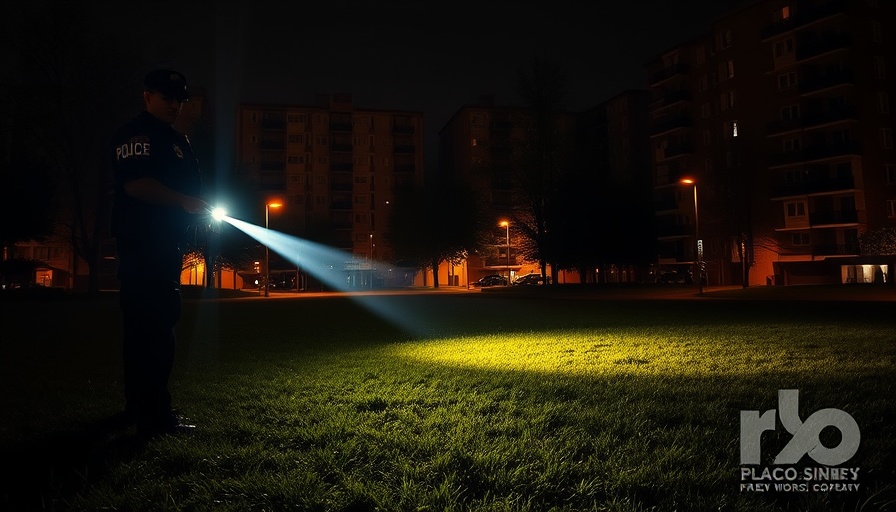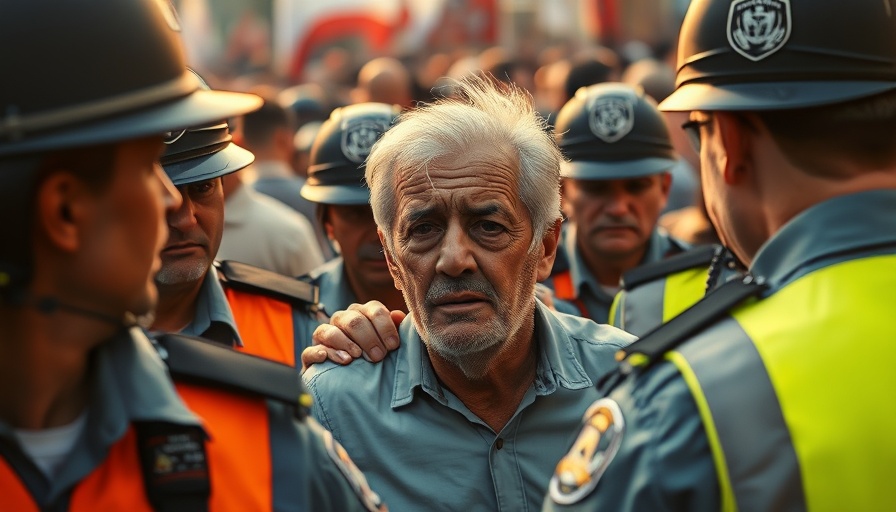
The Legacy of Officer Edward Byrne: A Tribute Through Restoration
Cars often hold special significance in people’s lives, embodying memories, milestones, and connections. For retired law enforcement officers in New York, one specific vehicle—a 1987 Chevy Caprice—carries an emotional weight far beyond that of a mere machine. This car belonged to NYPD Officer Edward “Eddie” Byrne, who was tragically murdered while on duty in 1988. As these retired officers come together to restore this emblem of service, they are not just rejuvenating a vehicle but reigniting a vital conversation about police legacy, sacrifice, and community safety.
More than Just a Vehicle
For retired NYPD officers Jason Caputo and John Schwartz, the restoration project of Officer Byrne’s Caprice is a mission steeped in honor and memory. Byrne, just 22 years old, lost his life while protecting a witness slated to testify against a drug gang, illustrating the perilous nature of police work. The vehicle, which endured significant damage over the years—including being submerged during Hurricane Sandy—will soon be restored to its previous glory, with the bullet holes preserved to serve as a poignant reminder of the dangers officers face daily.
Connecting Community and Law Enforcement
This initiative strikes at the heart of fostering community trust. As these retired officers lead the restoration, they engage the public in an important narrative, reaffirming that police officers are human beings who risk their lives for the safety of others. The unveiling of the restored Caprice at the NYPD Police Academy is anticipated to be a focal point for discussions on police reform and community policing, emphasizing the need for transparency and accountability within law enforcement.
Funding a Memorial: A Community Effort
Restoration of the Caprice is projected to cost around $50,000, funded entirely through private donations—an effort that depicts the power of community support for the police force. This financial backing not only emphasizes goodwill among citizens but also aligns with broader public safety initiatives that encourage local engagement in law enforcement processes. As citizens contribute to this tribute, the project symbolizes not just remembrance, but also a collective commitment to improving safety and trust between officers and the communities they protect.
Restoration Goals: A Symbol of Training and Awareness
In addition to remembrance, the restored vehicle aims to serve as a training tool to educate new recruits about the realities of policing, from officer safety to community engagement. The effort demonstrates how important it is to integrate real-life stories and historical context into officer training programs, enhancing the understanding of the profession's challenges and the public's expectations. This aligns well with current trends in policing strategies, where ethical considerations and community outreach take center stage.
Bridging the Gap: How Do We Move Forward?
As the restoration project progresses, it reflects larger themes within law enforcement today: the need for reform, improved community relations, and a focus on officer wellness. It is a timely call for police departments to redefine their roles in society and foster deeper ties within the communities they serve. The future of policing hinges on transparency, accountability, and a commitment to community engagement—a sentiment resonating deeply within ongoing discussions of police accountability.
In conclusion, the restoration project of Officer Byrne's vehicle is a powerful narrative not just of remembrance but of a call to action. We must encourage ongoing dialogue about community trust, modern policing techniques, and enhancing the well-being of both officers and the communities they protect. It's an opportunity for everyone to get involved, support law enforcement initiatives, and work towards a safer environment for all.
If you're interested in supporting this remarkable project or want to get involved in community safety initiatives, we encourage you to participate in local conversations about public safety and policing reforms.
 Add Row
Add Row  Add
Add 

 Add Element
Add Element  Add Row
Add Row 




Write A Comment